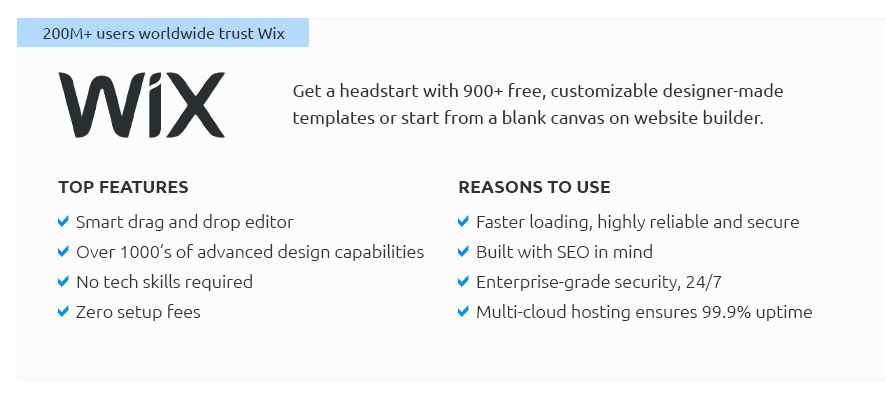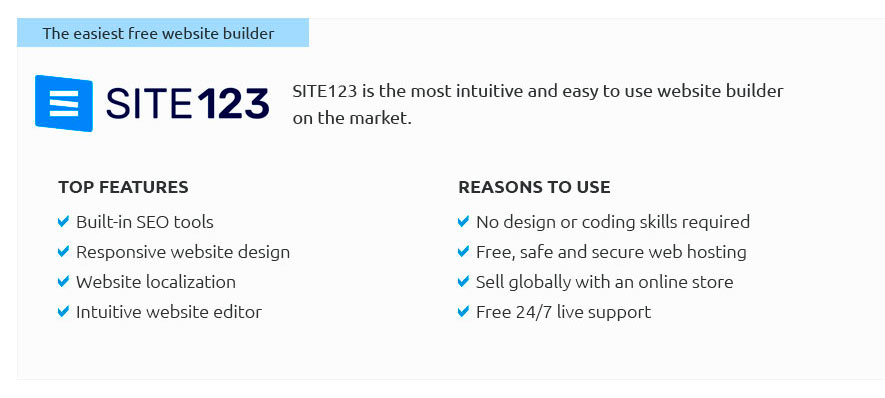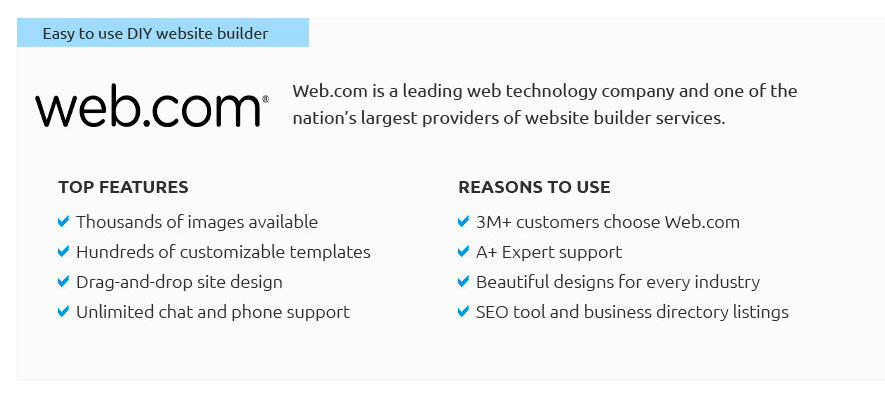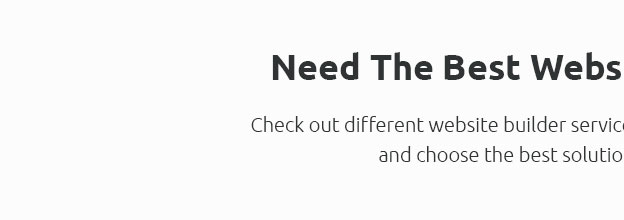 |
 |
 |
 |
|
 |
 |
 |
|
 |
|
 |
 |
|
 |
|
 |
|
 |
 |
Creating a Webpage Using HTML and CSS: A Journey into the Digital CraftIn today's digital age, understanding how to create a webpage using HTML and CSS is akin to possessing a key to a new realm of possibilities. It is not merely about coding; it's about crafting an experience, a digital canvas where your ideas can flourish and interact with the world. At its core, HTML, or HyperText Markup Language, serves as the backbone of any webpage. It's the structural language of the web, the scaffolding upon which all else is built. Think of HTML as the bones of your digital creation, providing essential structure and organization. When you delve into HTML, you'll find that it's composed of a series of elements. These elements, written within angle brackets, form the various parts of your webpage. From headings to paragraphs, lists to links, HTML lays the groundwork for content placement. Consider the humble paragraph tag, Once the structure is in place, CSS, or Cascading Style Sheets, comes into play. CSS is the artist's palette, allowing for the transformation of plain HTML into a visually appealing masterpiece. It imbues your webpage with color, layout, and style. With CSS, you can dictate everything from font size and color to the spacing between elements and the overall aesthetic of your site. The beauty of CSS lies in its ability to separate content from design, ensuring that your HTML remains clean and focused while the CSS handles the visual presentation. The synergy between HTML and CSS is where the magic truly happens. Together, they allow for the creation of responsive, dynamic webpages that can adapt to various devices and screen sizes. This adaptability is crucial in a world where users might access your site from a desktop, tablet, or smartphone. By using media queries in CSS, you can tailor your design to provide the best user experience across all platforms. The flexibility of CSS cannot be overstated; it enables designers to experiment and innovate, pushing the boundaries of what is visually possible on the web.
As you embark on the journey of creating a webpage using HTML and CSS, remember that it's a process of continuous learning and exploration. The web is ever-evolving, and keeping abreast of new techniques and trends will serve you well. The key is to experiment fearlessly and learn from every project. Each webpage is an opportunity to refine your skills, to express your creativity, and to contribute to the vast tapestry of the internet. Whether you're crafting a personal blog, a portfolio, or a full-fledged business site, the principles of HTML and CSS remain constant, providing the tools you need to bring your digital vision to life. Embrace the challenge, and enjoy the process of creating something truly unique in the digital space. https://www.browserstack.com/guide/build-a-website-using-html-css
Let's start learning the core concepts of HTML and CSS, and at the end of this tutorial, you will be able to create a beautiful website by just using HTML and ... https://www.reddit.com/r/IWantToLearn/comments/x1zjrp/iwtl_how_to_create_my_own_websitewebpage_using/
I've been looking to start my own blog or website to begin to share and outreach to a more personal audience. https://www.w3schools.com/howto/howto_website.asp
Create a Website with a CSS Framework - A "Layout Draft" - The Band - Doctype, Meta Tags, and CSS - Creating Page Content - Semantic Elements - The Navigation Bar.
|